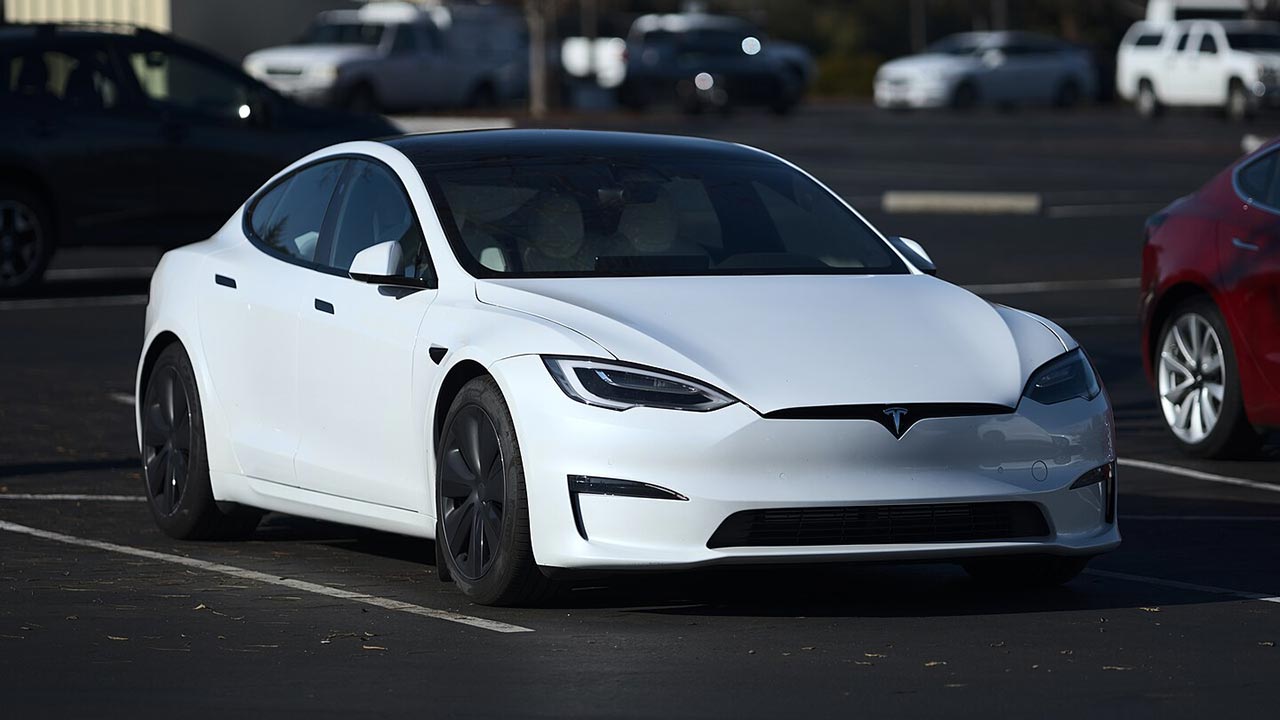
Believing in car myths can lead to unnecessary expenses and even safety issues. From fueling habits to maintenance routines, there’s plenty of misinformation circulating about how cars work. Let’s debunk some of the most persistent car myths that even seasoned drivers might believe.
1. Premium Fuel Improves Performance in Every Car
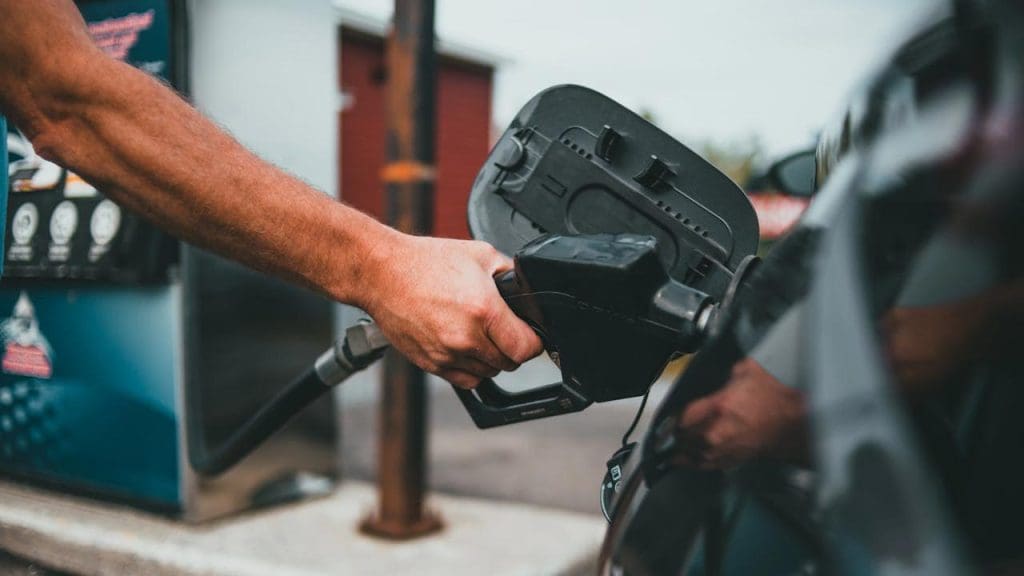
It’s a common misconception that using premium fuel will boost your car’s performance. However, unless your vehicle’s manufacturer specifically recommends or requires premium fuel, using it will not enhance performance or fuel efficiency. Most cars are designed to run optimally on regular unleaded gasoline. Using higher-octane fuel in an engine that doesn’t require it is often a waste of money.
2. Electric Cars Aren’t Suitable for Long Journeys
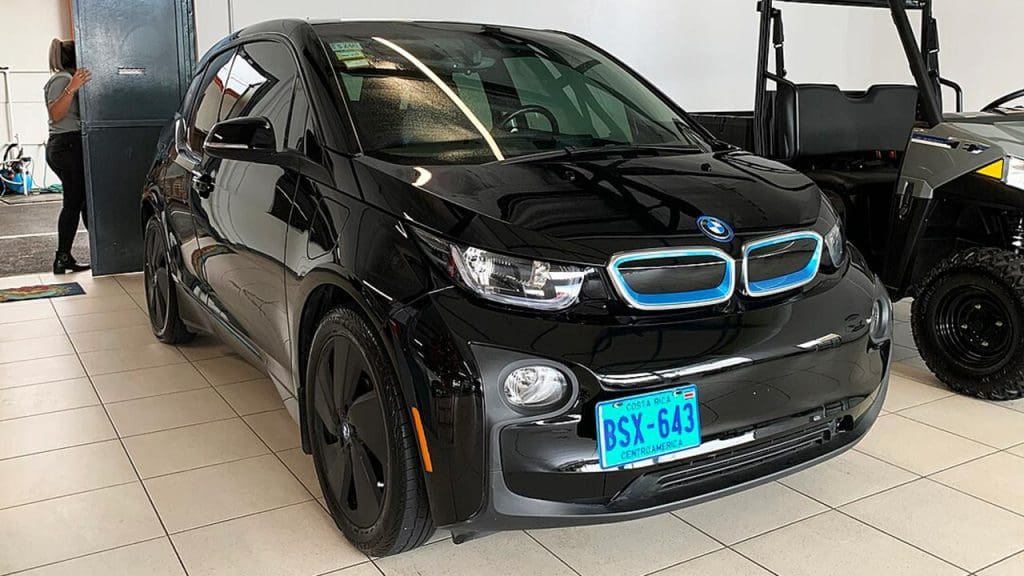
Many believe that electric cars are only good for short city drives, but this is no longer true. With advancements in battery technology, many electric vehicles (EVs) offer ranges that make them suitable for long trips. The expanding network of charging stations further alleviates range anxiety, making electric cars a viable option for long-distance travel. Check out the latest research on electric vehicles to learn more.
3. Regular Oil Changes Must Be Done Every 3,000 Miles
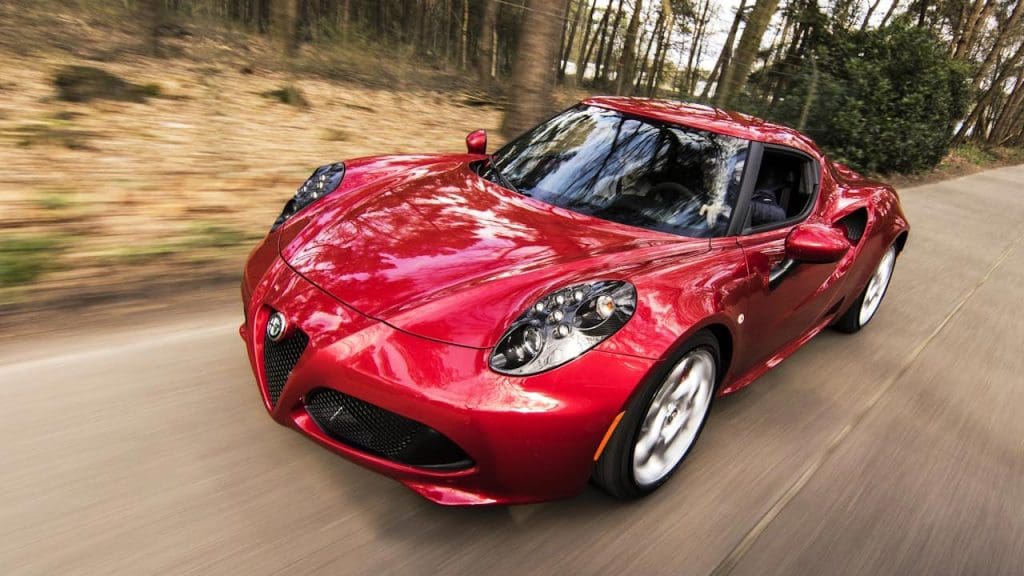
While the 3,000-mile rule was once the standard, advancements in engine technology and oil quality have extended oil change intervals significantly. Many modern vehicles can go 5,000 to 7,500 miles between oil changes. Always refer to your vehicle’s owner’s manual for the manufacturer’s recommended maintenance schedule. Learn more about modern maintenance myths.
4. Air Conditioning Burns More Fuel Than Open Windows

While it’s true that air conditioning can increase fuel consumption, driving with the windows open can also decrease fuel efficiency by increasing drag. The impact of air conditioning versus open windows on fuel economy can vary based on speed and vehicle type. In general, at higher speeds, using air conditioning is more efficient than driving with windows down.
5. All-Wheel Drive Improves Braking in Icy Conditions

All-wheel drive (AWD) can enhance traction and handling, but it does not improve braking performance on ice. Stopping a vehicle on slick surfaces is about tire grip, not whether the car is AWD. For better braking in icy conditions, invest in high-quality winter tires, which are specifically designed to provide better grip on snow and ice.
6. Bigger Cars Are Always Safer
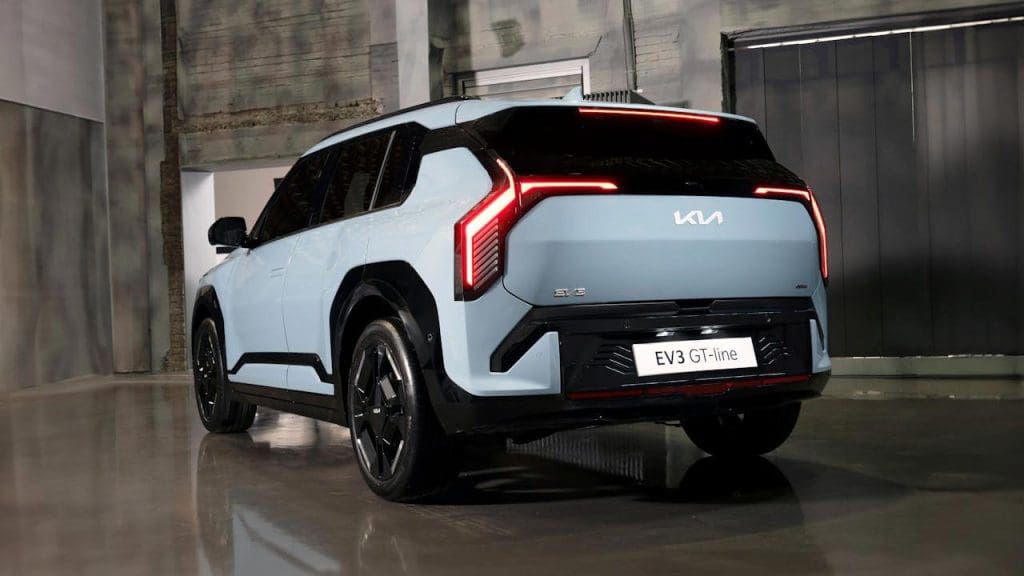
The assumption that bigger cars are inherently safer is not always accurate. Safety depends on various factors, including vehicle design, safety features, and crash test ratings. Modern cars are equipped with advanced safety technology, making smaller vehicles safer than ever before. When considering a vehicle, review its safety ratings and features.
7. You Should Warm Up Your Car Before Driving in Cold Weather
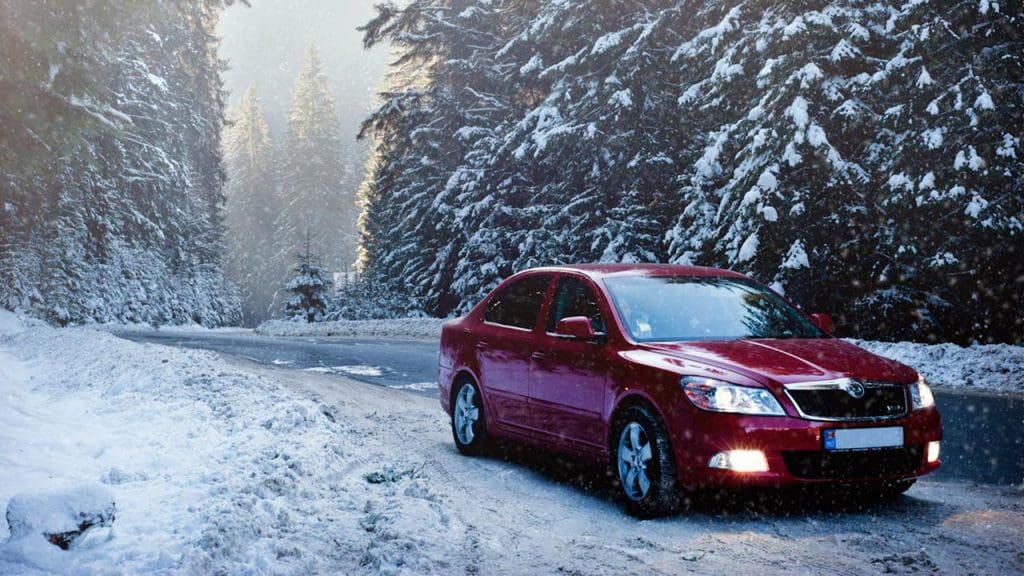
Allowing your car to idle in cold weather is an outdated practice. Modern engines are designed to perform efficiently without prolonged idling. In fact, idling can lead to increased fuel consumption and unnecessary emissions. Instead, it’s better to start driving gently shortly after starting the vehicle to allow it to warm up faster.
8. A Clean Car Runs Better
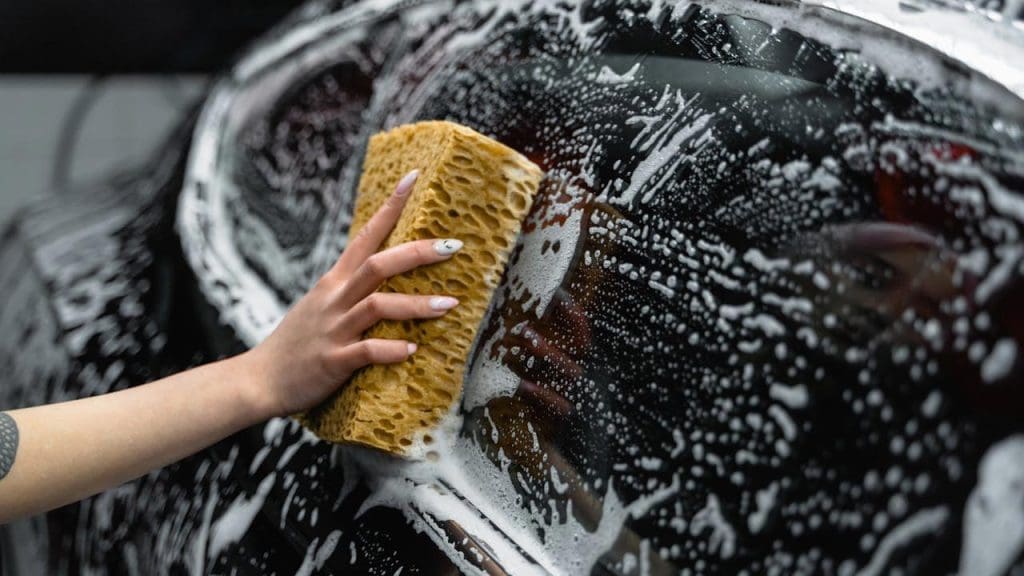
While a clean car might look and feel better, it doesn’t inherently improve performance. Regular cleaning can help prevent rust and maintain the vehicle’s resale value, but it doesn’t affect how the car runs. Keeping the engine and mechanical components clean is important for maintenance, but the exterior wash is primarily cosmetic.
9. Dish Soap is a Safe Alternative for Car Wash
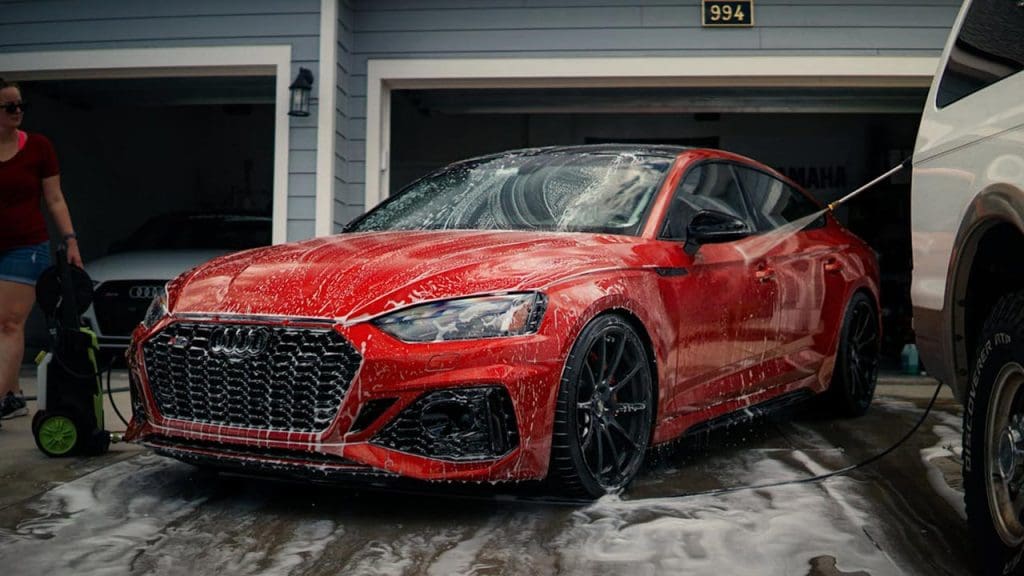
Using dish soap may seem like a cost-effective way to clean your car, but it can strip away protective wax coatings and damage the paint. Dish soap is designed to cut grease, which is not suitable for car finishes. Instead, use products specifically formulated for automotive use to protect your vehicle’s paint and finish.